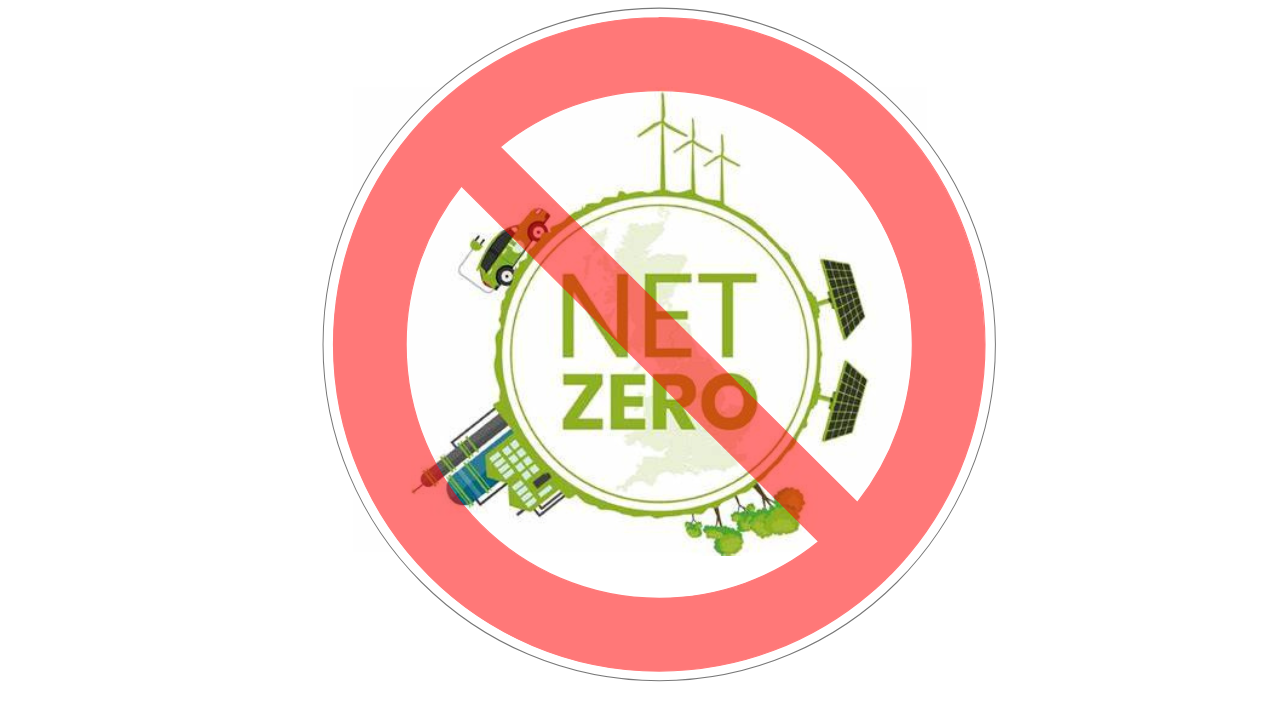Crossbench Members Motion, denouncing net zero emissions
Mr ANDREW: I start by referring to the Rockefeller definition of ‘resilience’ in the 2015 City resilience framework. It states—
In the context of cities, resilience has helped to bridge the gap between disaster risk reduction and climate change adaptation. It moves away from traditional disaster risk management, which is founded on risk assessments that relate to specific hazards. Instead, it accepts the possibility that a wide range of disruptive events—both stresses and shocks—may occur but are not necessarily predictable. Resilience focuses on enhancing the performance of a system in the face of multiple hazards, rather than preventing or mitigating the loss of assets due to specific events.
The possibility may occur but is not predictable, and that is the issue here. Queensland accounts for around about a third of Australia’s emissions. It also has the lowest proportion of renewable power penetration in the country. Therefore, no state or territory in the country will be hit harder by this energy transition than Queensland. The impacts will be monumental on all mothers, fathers, families and businesses. The scale and pace alone are completely unprecedented and almost every area of the state’s economy will be impacted, as will the lives of all of our citizens. Very few Queenslanders have any real understanding of what is coming or its implications—certainly not the habitat, the wildlife, the tops of our mountains and all of those areas. Why would they?
Mr Dametto interjected.
Mr ANDREW: Yes, there are no environmentals. I ask the minister where the studies are for the koalas and all of the things that live in those areas.
Mr Dametto: Mahogany gliders.
Mr ANDREW: Absolutely, yes. Nothing has been done to inform or prepare them, that’s for sure. Everywhere we look the issue is being massively downplayed and minimised, whether by government or the media. We do not know what the subsidies are. We know nothing about the actual contracts and what the actual cost is to Queensland. How about we open that up? While we are in budget week, let us see what it actually costs us. How much is it going to cost us to subsidise these things? In terms of the infrastructure alone, there will have to be a massive expansion of renewable projects and infrastructure rolled out across the state to achieve these targets. Some people are saying that there will need to be up to 9,000 turbines just to try to make it right.
Is the federal government backing the Pioneer-Burdekin hydro dam? Did it provide funding? All of the people up north and all of the people in the south are starting to work that out, too. If it was such a good thing then the federal government would be backing it, and it already knows that it has been once bitten and twice shy with the projects it has taken on. It will mean ‘electrifying’ the whole state—500,000 kV all around the place. That would involve hundreds of millions of dollars worth of new infrastructure. How can we make it cheaper by doing that? It is impossible. What can be electrified will need to be decarbonised with clean fuels. At a bare minimum we would have to more than double the state’s grid capacity. Currently only a quarter of Queensland’s energy needs are met by electricity, and most of that is generated by fossil fuels. Gargantuan amounts of public moneys will be needed to even try to make it happen. According to Construction Skills Queensland, the green energy transition will cost Queensland taxpayers up to $14 billion per annum—$14 billion a year.
Mr Dametto: That’s a lot of money.
Mr ANDREW: Too much. We cannot afford it. Already our departments are suffering. We are seeing it everywhere, and we are going to see it again. It is going to come again. That is $14 billion per year every year between now and 2050. Anyone who does the sums can understand that that is very difficult to try to maintain. Not only would this smash the state’s real productive economy; it will result in moneys having to be ripped out of other areas of our economy and our departments.
Queensland’s net zero targets are absolutely a destination without a road map. We have rushed into this. We need to measure it twice and cut it once, but we are not doing that. Even Australia’s recently retired energy infrastructure commissioner said in February that this random renewable energy push needs to be overhauled and a nationwide stocktake is required to determine what should be builtand where it should go. Hallelujah that someone is saying something with a bit of common sense and not just throwing money at it. Without the associated broader planning by energy authorities and others on what is needed and where and how much, the former commissioner said that renewable energy has been a non-regulated, non-controlled, open access regime for a long time.
Here in Queensland not a single comprehensive study or cost-benefit analysis has been done on the combined and cumulative impacts of these developments. What does that say for where we are at with the whole issue? It does not give us any confidence in where we are going. It is a lot of money spent, but once we have started ripping these places down we will never get them back, and Queenslanders should know that.

No responses yet